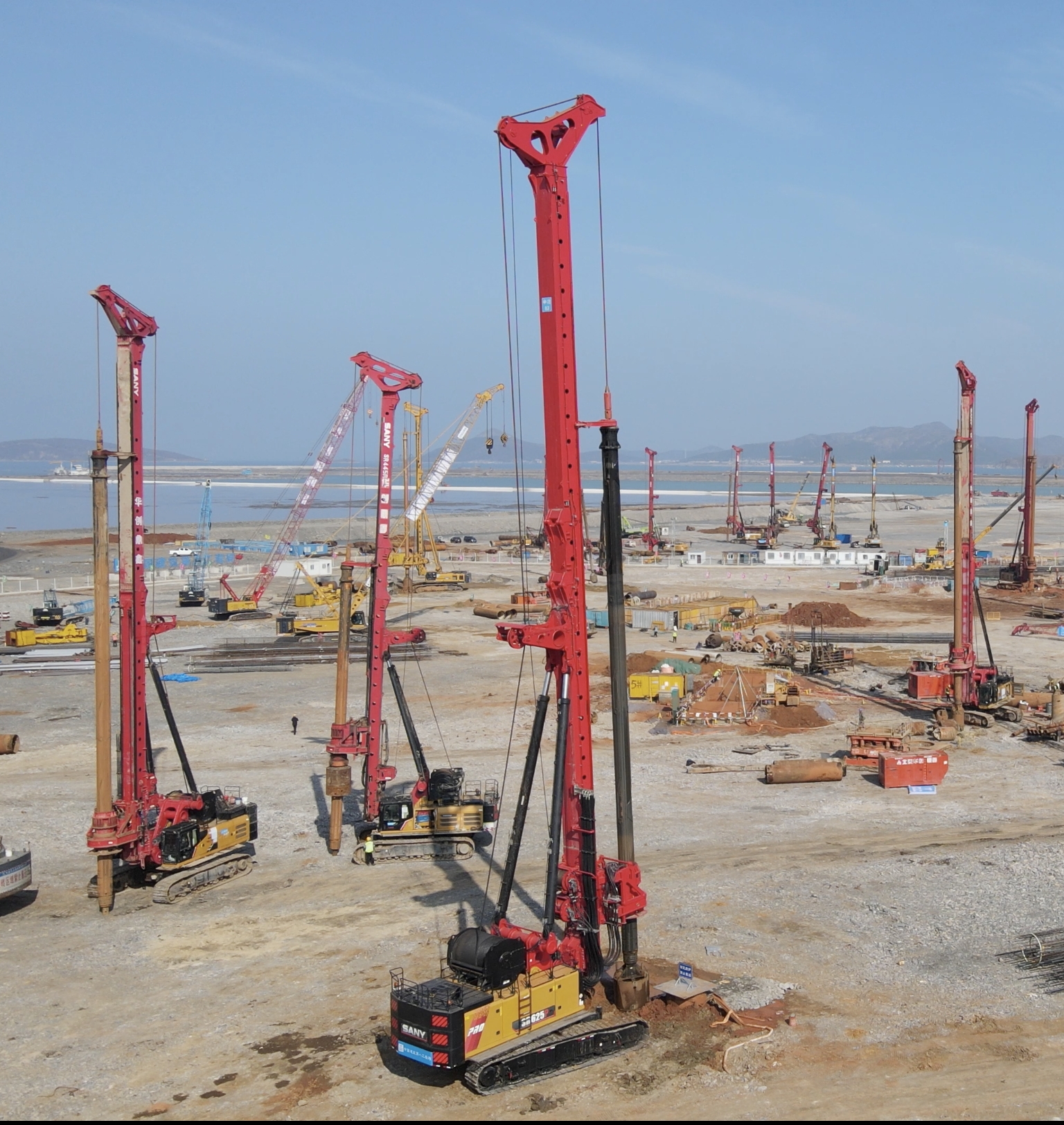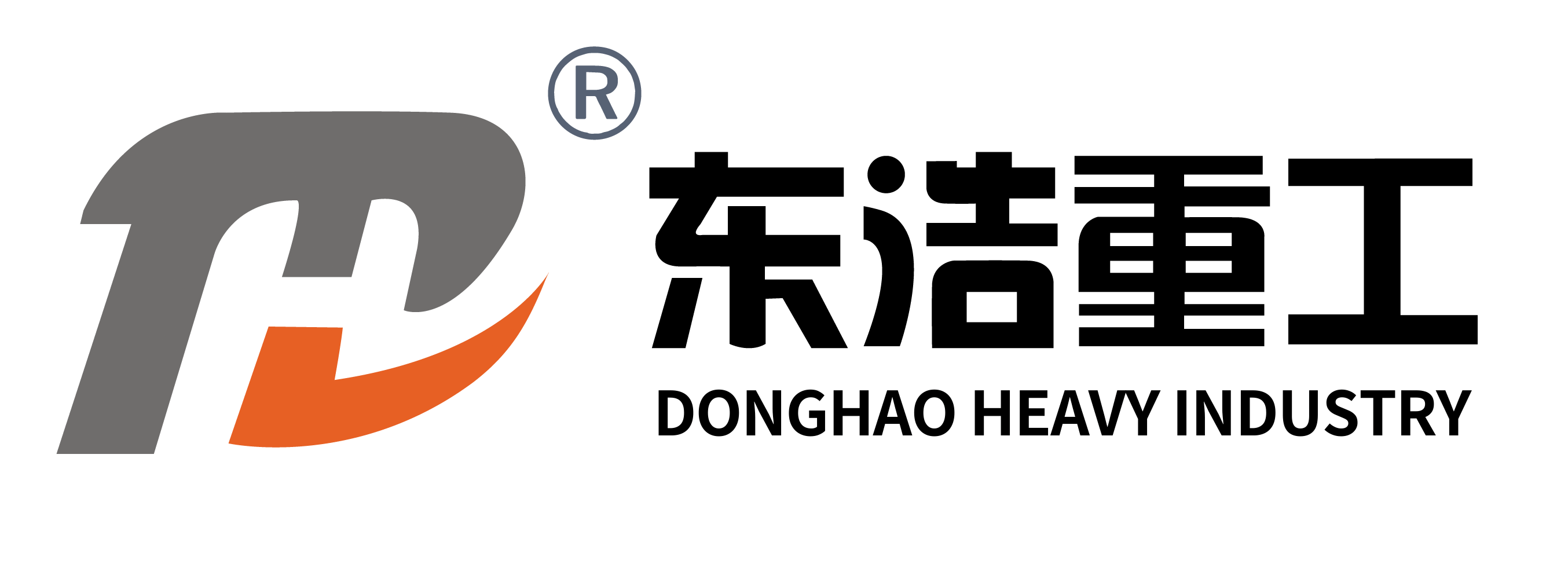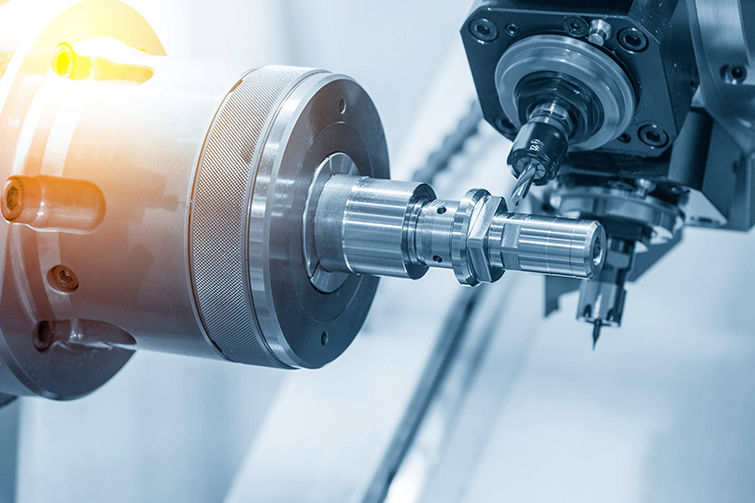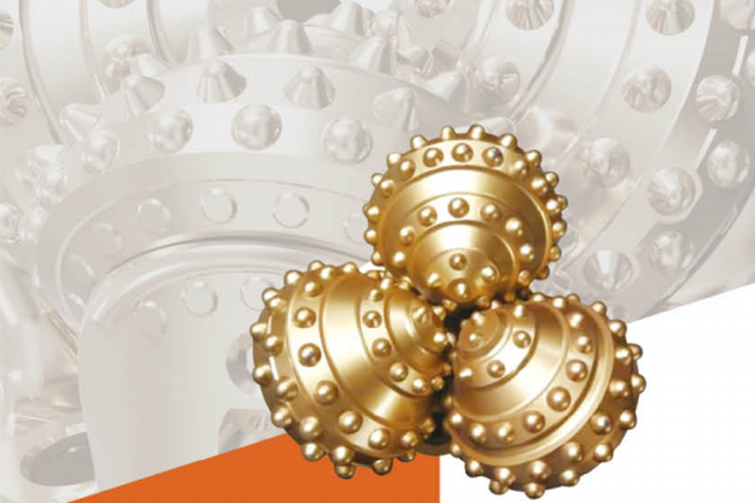

The Ultimate Guide to Trenchless Reamers: Revolutionizing Underground Construction

What is a Trenchless Reamer?
A trenchless reamer is a specialized tool used in the construction and utility industries to enlarge underground pipes without the need for extensive excavation. This technology is part of the broader trenchless construction methods, which aim to minimize surface disruption and environmental impact.
How Does Trenchless Reaming Work?
The process involves pulling a reaming tool through an existing pipeline. As the tool moves, it cuts away the pipe material, gradually increasing the diameter. This method is often used in conjunction with horizontal directional drilling (HDD) to install new pipelines or expand existing ones.
Benefits of Using Trenchless Reamers
Reduced Environmental Impact: By minimizing excavation, trenchless reaming significantly lowers the disturbance to the surrounding area, preserving landscapes and reducing the carbon footprint of construction projects.
Cost Efficiency: Trenchless methods can be more cost-effective than traditional excavation, as they require less labor, shorter project timelines, and fewer materials for surface restoration.
Versatility: Trenchless reamers can be used in a variety of soil conditions and for different types of pipelines, including water, gas, and telecommunications.
Applications of Trenchless Reaming
Trenchless reaming is widely used in urban areas where excavation is impractical or too disruptive. It's also ideal for projects under roads, rivers, and environmentally sensitive areas where traditional methods would pose significant challenges.
Choosing the Right Trenchless Reamer
Selecting the appropriate reamer depends on several factors, including the pipe material, diameter, and the soil conditions. Consulting with a specialist can ensure the right tool is chosen for the job, maximizing efficiency and effectiveness.
FAQs
What is the main advantage of trenchless reaming?
The primary advantage is the significant reduction in surface disruption and environmental impact, making it a preferred method for urban and sensitive area projects.
Can trenchless reaming be used for all types of pipes?
While trenchless reaming is versatile, its suitability depends on the pipe material and condition. A professional assessment is recommended to determine the best approach.
How does trenchless reaming compare in cost to traditional methods?
Although the initial cost may be higher, the overall savings in labor, time, and surface restoration often make trenchless reaming more economical in the long run.








